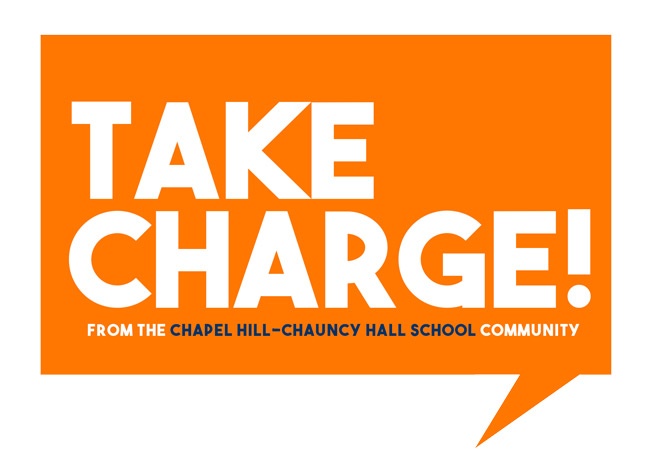Did you know that studies have shown that students that hand-write their notes learn more than those that type their notes? I mention this because notes are one of the most crucial tools in keeping students organized and allowing them to develop their own understanding of new material, but when is the last time that anyone has thought about how they're taking notes?
.png?width=550&name=Blog%20Title%20(6).png)
Over the years I have worked with a lot of students on improving their note-taking. By matching a student with a note-taking style that matches their learning style, it sets them up for success.
If you've ever thought, "I'll look back at my notes", and then not found what you were looking for or missed a question on a quiz and had the teacher tell you, "We went over that in class", then I encourage you to consider trying the following note-taking styles that have been proven effective.
You've been a student for many years. You've had a variety of classes. You already know A LOT about note-taking. Take the basic 5Ws of it:
- Who should take notes? You, of course!
- What should you write down? Key information, including new concepts, important people, essential vocabulary, and so on.
- Where should you take notes? In every class!
- When should you take notes? Every day!
- Why should you take notes? Research shows that students who hand-write their notes actually learn more than students who type their notes.
See! You are already quite knowledgeable about the basics of note-taking. When we get to that sixth basic question, though, that's when things get a little murky...How should you take notes?
2-Column Note-Taking
Two-column notes, also sometimes called Cornell notes, are one useful way to keep track of important information from class. This method separates main ideas from details and gives you the opportunity to synthesize and summarize your learning. To start, you should divide your paper into two columns, leaving solid rectangles at the top and bottom of the page. Your paper might look like this:
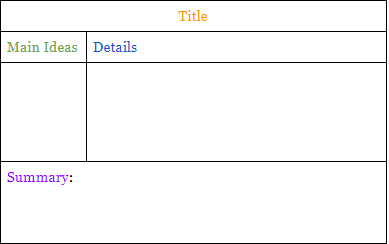
- Your Title should include the date and the overall topic or unit name.
- For example, your Title could be Western Religions - Christianity 3/16/18.
- Your Main Ideas should be the subtopics that the teacher or the reading focuses on that day. You can identify a subtopic in the text by looking for a heading, usually written in bold. You can identify a subtopic in a lecture by listening for the teacher's pauses and language like, "OK, now I want to turn to..."
- Ten Commandments, Other Practices, and Concept of Heaven might be Main Ideas.
- Your Details should be all of the info related to the Main Ideas. Your Details will likely take the form of a list of notes.
- For instance, you might list the Ten Commandments in the Details area.
- Your Summary should be completed after class - ideally at home or in study hall as you review your notes. This is where you knit together the ideas you learned about and connect them to previous knowledge.
- The Summary might include: The Ten Commandments lay out the basic rules of Christianity. They are similar to the five pillars of Islam in the following ways...
Two-column notes have a format that is helpful when referring back to notes while studying for quizzes and tests. They often work well for students who have strong linguistic skills, and they can be adapted to suit students' needs and wants.
Visual Note-Taking
Visual notes, also sometimes called flow notes or sketch notes, are image-based and follow the main ideas of the lecture or reading in a creative way. They are usually a combination of pictures, words, and arrows or other indicators, and they can take a variety of forms. Let's look at one student example:
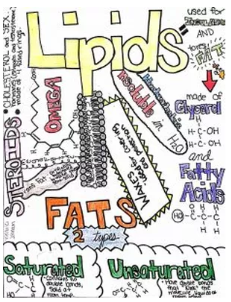
Notice the following features:
- The Title stands out because it is written larger than the other text on the page.
- Color is used to indicate a variety of information. For instance, words written in the same color have related meanings. When a new color is introduced, it means a new idea is being introduced.
- Boxes ▢ and bubbles separate ideas from each other.
- Arrows → and equal signs = show connections and meanings.
Visual notes can be helpful because they create a mind map of the information students will need to recall. They often work well for students who have strong visual/spatial skills, and they, too, can be adapted to suit students’ needs and wants.
So Which Method Should I Use?
Well, it’s really up to you! If you enjoy drawing, try visual notes. If you’re more word-y, try two-column notes. If you’re not sure, give each method a try! As a reminder, the similarities and differences between the two methods are shown below. If you want to combine the two approaches, check out this video! Remember, finding a note-taking strategy that works for you may take time but is totally worth it.
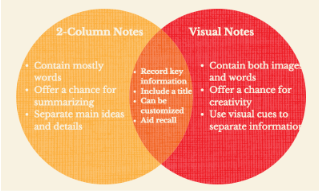
Maura Henry is the Skills and Academic Support Department Chair at Chapel Hill-Chauncy Hall School in Waltham, MA. Learn more about the curriculum of the Skills and Academic Support Department at CH-CH.





